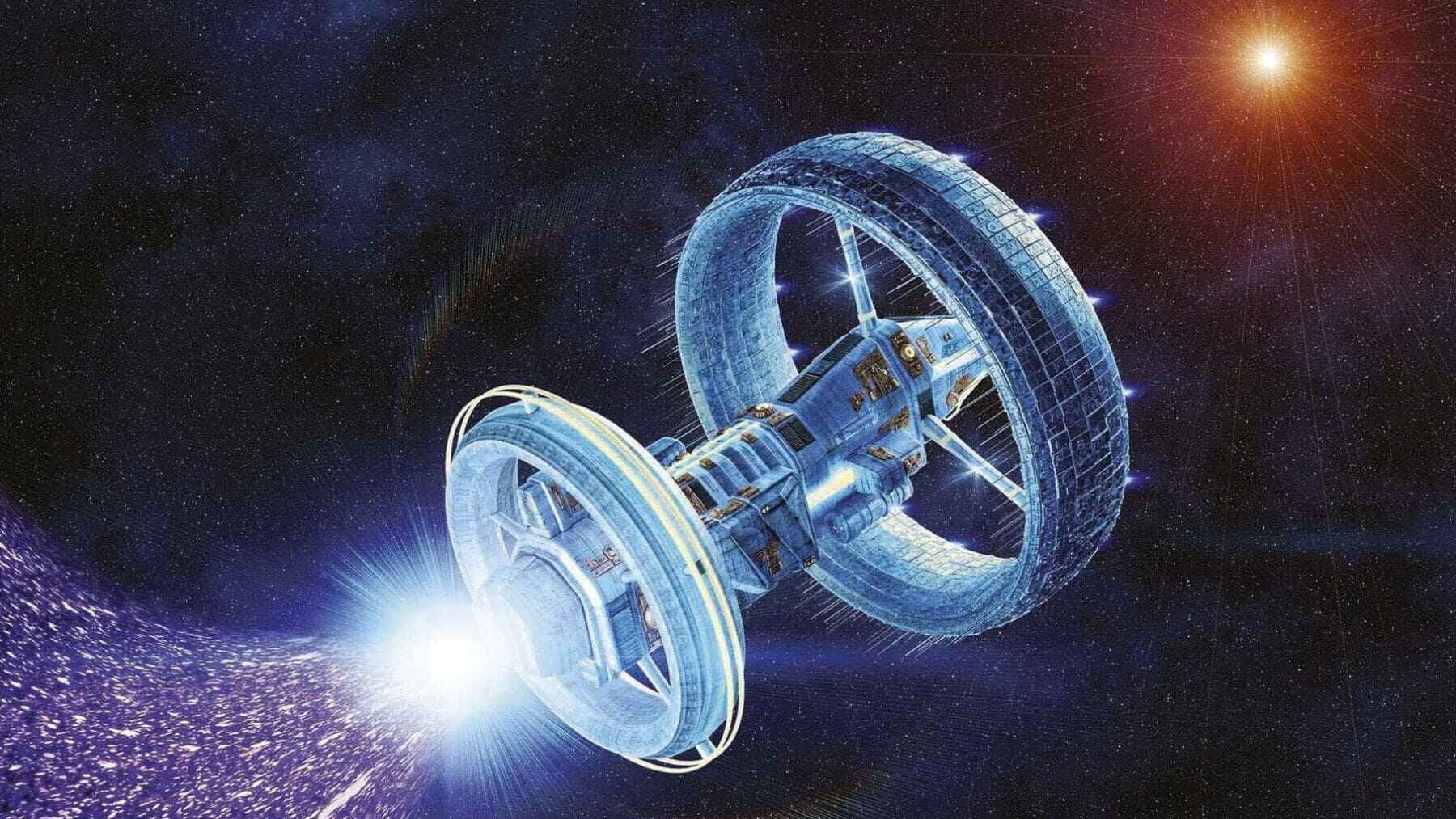One of the most famous ideas about space travel is warp drive — a concept that suggests it might be possible to travel faster than light by bending space and time. Travel at light-speed has always been the dream for scientists. In order to search further in the cosmos, an engine capable of reaching the speed of light is the piece that can change the way researchers, astronomers, and scientists study other cosmic bodies. On the other hand, according to Albert Einstein, nothing can go faster than the speed of light because it requires infinite energy, something scientists are trying to crack.
Scientists are studying warp engines, as outlandish as that sounds
In 1994, physicist Miguel Alcubierre came up with the idea of a bubble in space-time that could shrink the distance in front of a spaceship and stretch it behind. This idea, called the Alcubierre drive, offered a way to get around relativity’s speed limit — at least in theory. However, most scientists dismissed it because it would need an enormous amount of energy.
Still, some didn’t give up on the idea. Joseph Agnew, an undergraduate at the University of Alabama, decided to check the math. “If you meet all the energy requirements, they can’t prove it won’t work,” he said in a university press release.
Still, scientists discuss two possible ways forward. One is trying to get as close to light-speed as possible, without actually reaching it. The other is the Alcubierre warp drive — a theory where, instead of moving the ship faster, space itself would be moved around it. That could allow speeds ten times faster than light without breaking Einstein’s rules.
NASA is trying to prove the theory wrong – or just a part of it
Einstein’s equation, E=mc², shows that reaching light-speed would need an enormous amount of energy — way more than we can produce right now.
However, Dr. Harold “Sonny” White, a NASA engineer and physicist, thinks there’s a possible workaround. By changing the shape of the negative mass ring, he believes the energy needed could drop to something more manageable — around 700 kilograms of mass.
White and his team at NASA are working on this through the White-Juday Warp Field Interferometer. Their goal is to detect and create tiny warp bubbles. It is not something that will send us to distant galaxies like Andromeda anytime soon, but it is one step closer to turning the idea of a warp drive into something real.
Nothing can go faster than photons
However, there is a big problem. According to Einstein, as something moves faster, its mass grows, making it harder to speed up. To reach light speed, you would need infinite energy, which is impossible with what we know today. Warp drive continues to spark the imagination of scientists and sci-fi fans. It is often called the holy grail of space travel — the dream of getting to distant stars in moments instead of years.
Einstein’s theory says nothing can go faster than light — it would take infinite energy to push anything to that speed. Light itself gets around this because photons, the particles that make it up, have no mass. That is why building a ship that can travel at the speed of light is not possible today.
The risks of traveling beyond the speed of light
The laws of physics even suggest catastrophic risks for travelers pushing those boundaries. If people were capable of traveling from point A to point B at the speed of light, when they come back to Earth, it is possible that the world they knew will not be there. For them, the travel had a couple of days or months, but for those on the planet, millions of years have passed.
Our coverage of events affecting companies is purely informative and descriptive. Under no circumstances does it seek to promote an opinion or create a trend, nor can it be taken as investment advice or a recommendation of any kind.
